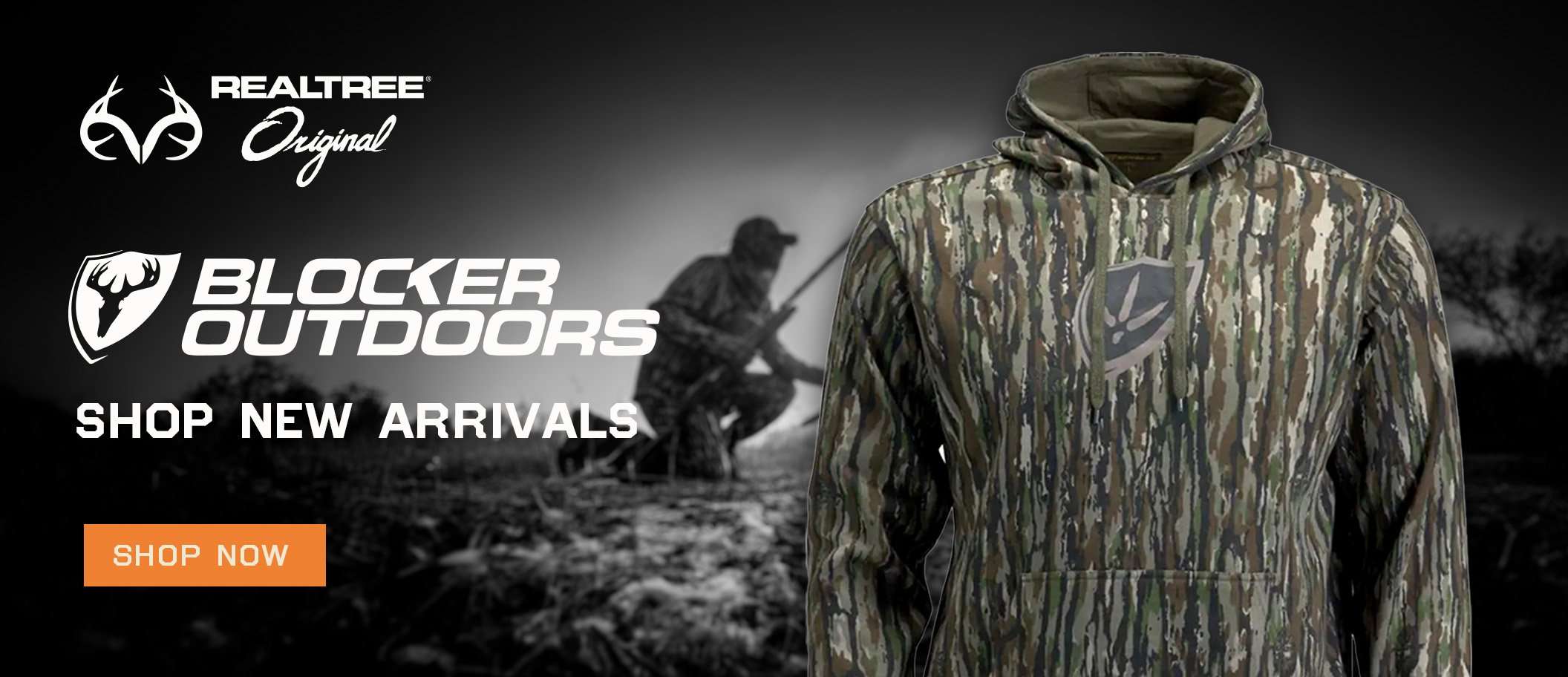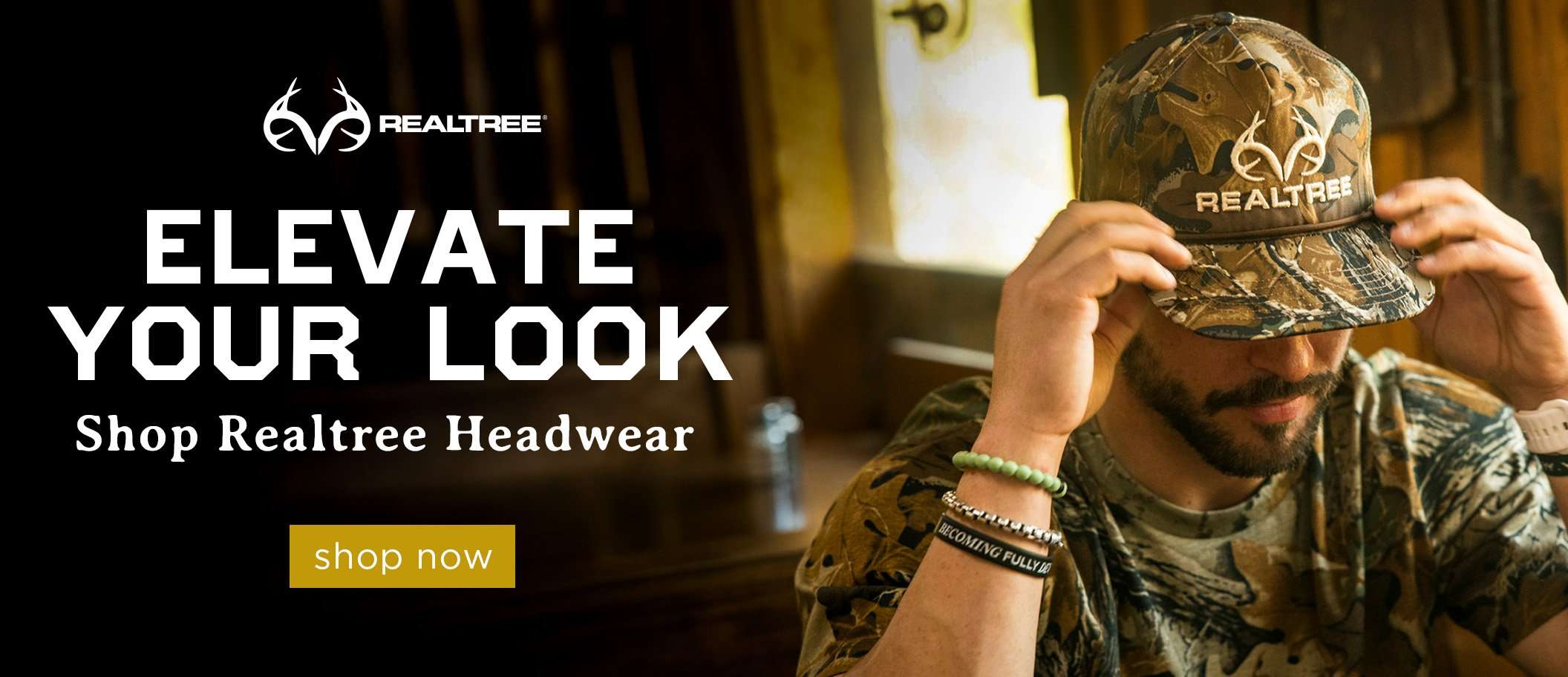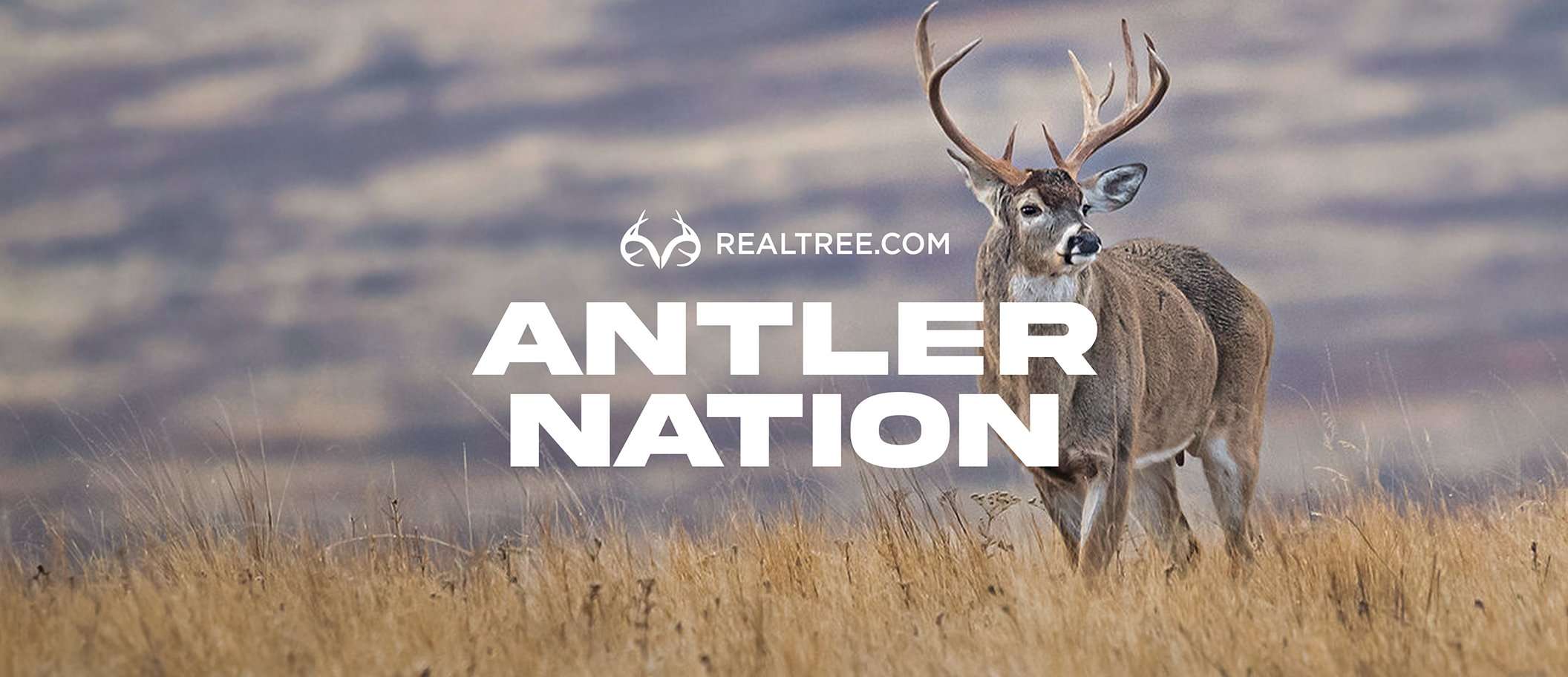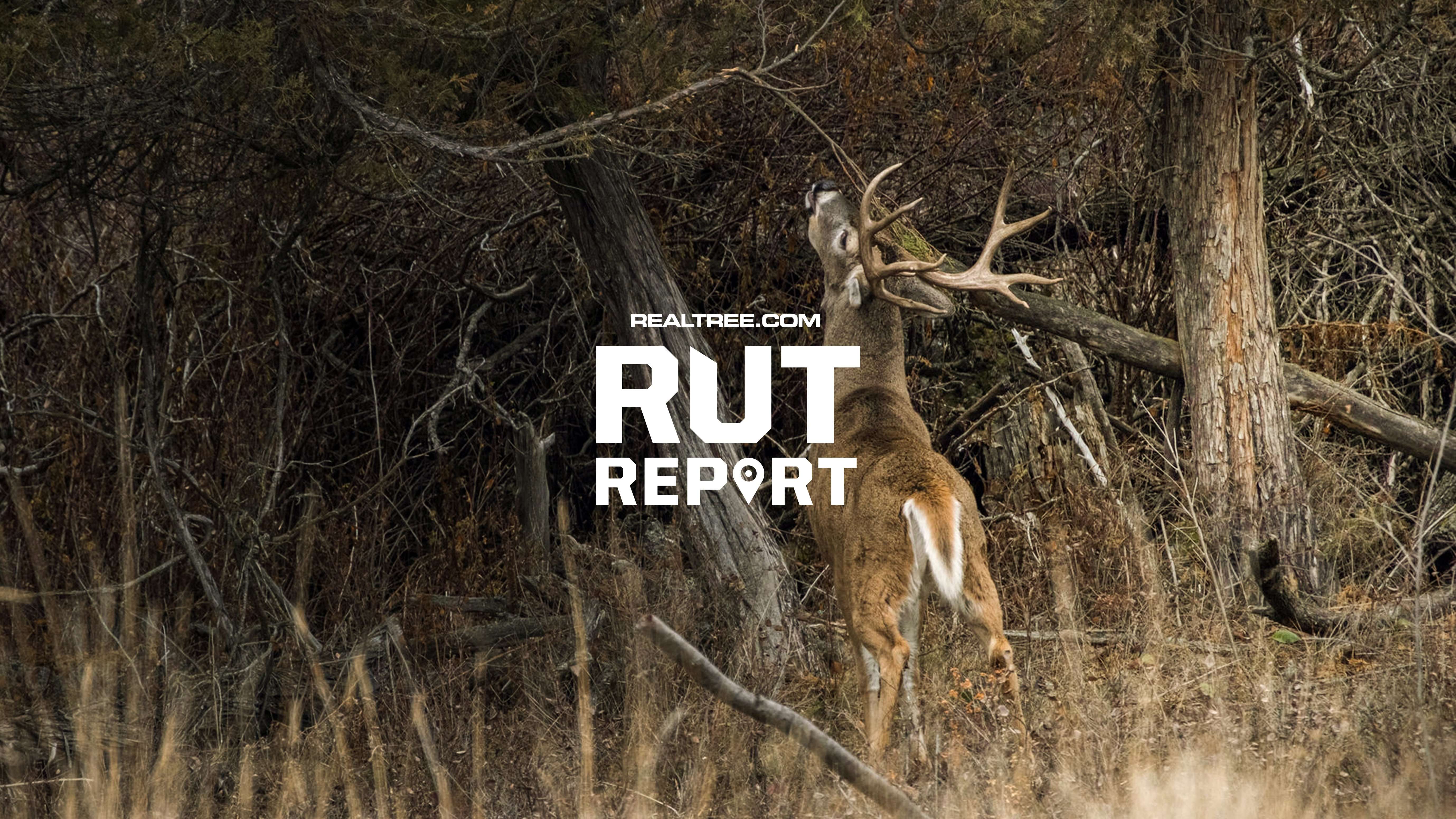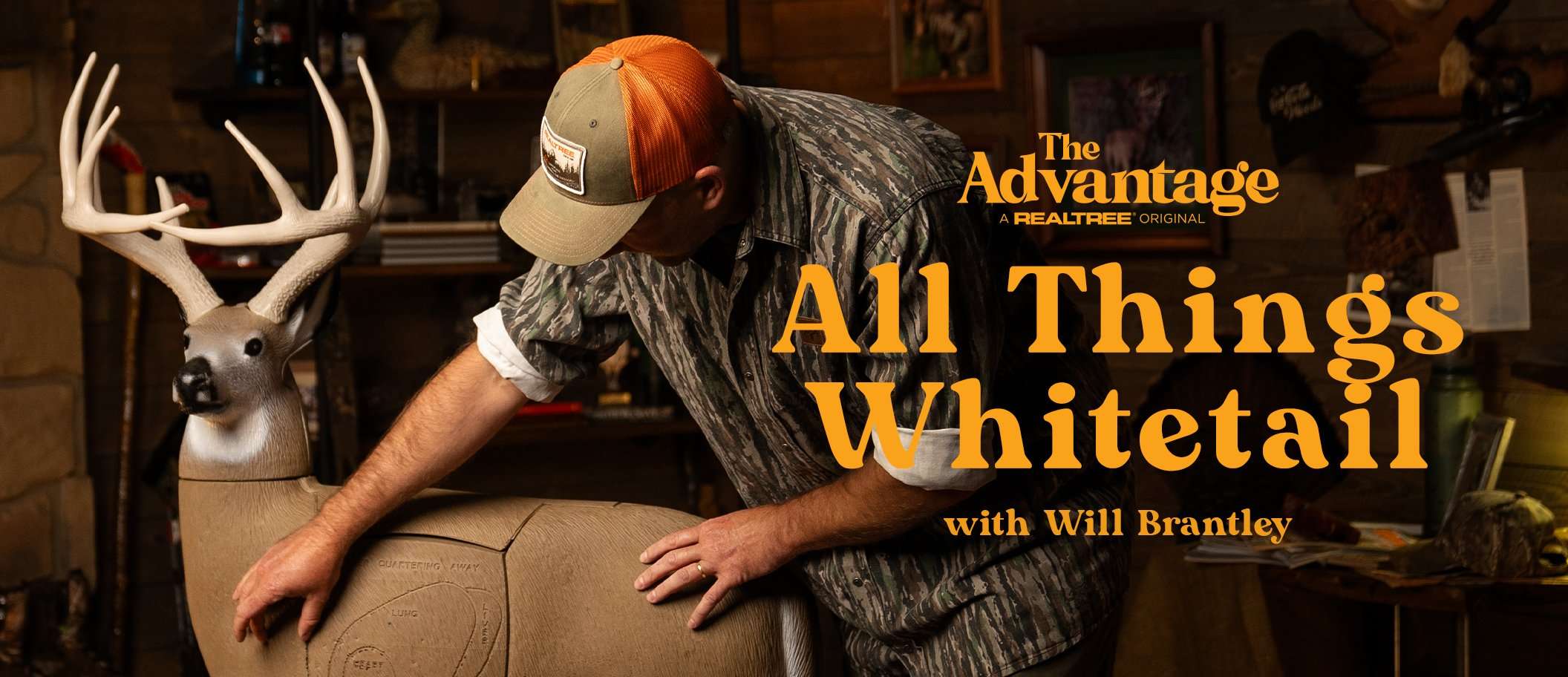You’ll only find this obsolete gear in a pawn shop, someone’s junk heap, a relic hunting equipment collection, or at a garage sale

Tom Miranda has been deer hunting for decades and remembers the tools he used during the earlier part of his bowhunting career. Photo courtesy of Tom Miranda.
Innovation. Whether you compare past and current vehicles, electronics, architecture or almost any other facet of daily life, it’s clear we’ve become so accustomed to modern luxuries that we can’t fathom how we functioned without cell phones and dozens of fast-food options.
Hunting equipment is another thing. It’s easy to take today’s advanced technologies for granted, but looking at the past reiterates how far we’ve come. For fun, let’s take a quick trip down memory lane and recall some of the now-barbaric tools we used to use for deer hunting.
1. OVERDRAW ARROW REST
Remember the bulky arrow rests rigged with launchers that sat way behind the bow riser’s shelf? Several companies manufactured these, and the concept was designed to allow a shorter, lighter arrow, which yielded higher velocities. These rests accomplished that at the expense of tuning difficulty and a lack of forgiveness. Thankfully, today’s bows are fast enough to make huge overdraw rests obsolete.
2. TRAIL TIMER
Before trail cameras, this device was all we had to see when deer walked by our stands. The problem is that there was no way to tell if the deer that tripped it was a buck or doe — or even a deer at all.
It worked like this. The electronic device had to be fixed to a tree or fencepost, and then you had to pull the device’s string across a deer trail and tie it off. When a deer or any critter made contact with the string, the string pulled a tab on the device, which then recorded the time the string was tripped. Back then, none of us could have imagined we’d someday have trail cameras that would send pictures to our mobile phones, but here we are.

Before trail cameras, we had the Trail Timer. Man, have we come a long way technologically. Photo courtesy of Tom Miranda.
3. STRING TRACKER
Bow equipment used to be extremely primitive compared to today’s gear. We had a fraction of the information on tuning, form, and techniques that there is now. There were no rangefinders, and bows shot loudly. All of that coupled with any shooter flaws, such as target panic, practically invited a marginal hit. And with the small fixed-blade broadheads of yesteryear, a poor hit was unlikely to yield a heavy blood trail. So, quite a few hunters rigged their bows and arrows with a string tracker. A spool that held the string attached to the bow’s stabilizer mount or, in some cases, to the end of the stabilizer. The string’s loose end attached to the arrow just behind the broadhead.
Don’t Miss: More Doe Tags Available in Pennsylvania this Fall
At the shot, the string would naturally dispense from the spool, and after the deer ran off, you’d have a string to follow in case the blood trail was spotty. I can’t imagine how much that string must have affected accuracy. A handful of hunters were still using those when I started hunting 24 years ago, but trackers rapidly became obsolete, and I haven’t seen or heard of them in years.
4. SAFETY BELT
Before five-point safety harnesses, hunters used no safety gear or a simple safety belt. I remember using one. One end attached to the tree, and the other wrapped around the hunter’s midsection. Yes, it would prevent a hunter from falling to the ground, but the amount of pressure on the innards had to be immense. I’d imagine that breathing while dangling had to be exhausting to impossible. Almost certainly, the clock to death would begin ticking after a fall in which the hunter couldn’t pull himself back onto the treestand. Thankfully, today’s harnesses and lifelines are much better and safer.
Don’t Miss: How to Reload Ammunition, Basics First
5. BAKER-STYLE CLIMBING STANDS
Mobile treestands are nothing new. The original Baker climber was a simple plywood platform attached to a metal frame. A metal blade went around the tree and dug into the bark with the weight of a hunter on the platform. To climb, you placed your feet into the platform’s rope loops, and then bear-hugged the tree and raised the platform by crunching your core and lifting your legs. It was a hassle, especially for hunters who weren’t in good physical shape. At the time, it was a good mobile treestand, but it’s not even comparable to today’s mobile tree gear.
6. ANGLE-CUT CHARTS FOR RANGEFINDERS
Early rangefinders provided only the line-of-sight distance to the target or critter, and as many of you know, steep inclined and declined shot angles have a shorter horizontal distance than line-of-sight distance. In other words, shooting for the rangefinder’s reading on a steeply angled shot was no bueno with early rangefinders. That necessitated the need for angle-cut charts. Thankfully, today’s hunting rangefinders have angle compensation built in, giving you the accurate shoot-for distance without the need for a time-consuming chart reference.
7. THREE-WHEELERS
Before 1988, many hunters could be seen buzzing down forest service roads on three-wheelers to access hunting areas. Alarming injury rates instigated a ban on three-wheelers, and now there are few in existence. Most hunters today use four-wheelers, side-by-sides, golf carts, and e-bikes to access their hunting spots.
Check Out Our Latest Camo Pattern: Realtree APX
8. BOWIE KNIVES
There are mixed opinions about how the large fixed-blade Bowie knife came to be, but the online sources I reviewed claim the knife was likely named after Jim Bowie. Popular in the mid-1800s, Bowie knives range in overall length from 12 to 18 inches and have a 5- to 12-inch clip-point blade. There are various styles, and most are constructed from some type of steel. Though originally designed to be a short sword for combat, most hunters had a Bowie strapped to their waist several decades ago. However, the advent of folding and even replaceable-blade knives has squashed the Bowie’s popularity. It’s rare to see a hunter carrying one of these relics today.

